Whom Say Ye That I Am? Lessons from the Jesus of Nazareth
$27.95
by James W. McConkie and Judith E. McConkie
- “The most important Jesus study to date written by believing Mormons for an LDS audience.” — David Bokovoy
- “Meticulously documented and researched.” — Deseret News



Available in ebook for Kindle, Nook, Kobo, Google Play, and Apple.

And in audiobook through Audible, Amazon, and Apple.
Also available through Amazon and Deseret Book.
Download a free sample preview.
Book Description:
The story of Jesus is frequently limited to the telling of the babe of Bethlehem who would die on the cross and three days later triumphantly exit his tomb in resurrected glory. Frequently skimmed over or left aside is the story of the Jesus of Nazareth who confronted systemic injustice, angered those in power, risked his life for the oppressed and suffering, and worked to preach and establish the Kingdom of God—all of which would lead to his execution on Calvary.
In this insightful and moving volume, authors James and Judith McConkie turn to the latest scholarship on the historical and cultural background of Jesus to discover lessons on what we can learn from his exemplary life. Whether it be his intimate interactions with the sick, the poor, women, and the outcast, or his public confrontations with oppressive religious, political, and economic institutions, Jesus of Nazareth—the son of a carpenter, Messiah, and Son of God—exemplified the way, the truth, and the life that we must follow to bring about the Kingdom of Heaven.
AuthorCast Interview with the Authors:
Comprehensive Table of Contents:
.
Foreword
From James:
From Judith:
Abbreviations
1. Jesus in Historical Context
2. Jesus and Women
Women in First-Century Palestine
Jesus and the Samaritan Woman
Speaking with a Woman
Alone with a Woman
A Woman Preaches the Gospel
Other Encounters Jesus Had with Women
The Role of Women in the Earliest Christian Communities
3. Jesus, Marriage, and the Family
Family Life in the Ancient World
The First Paradox: Leaving a Family Meant Finding Another
The Second Paradox: Submission to a King Meant Liberation
The Third Paradox: The Eternal Nature of Marriage without Marriages in Heaven
4. Jesus and the Poor, Hungry, and Destitute
The Empire of Hunger and Poverty
Jesus Fed the Poor and Hungry
Jesus Included the Poor and the Hungry
Jesus Valued the Offerings of the Poor and the Hungry
The Solution
Jesus, Judgment, and the Poor, Hungry, and Destitute
5. Jesus and the Wealthy
The Example of Herod
The Sin of Neglecting the Poor
The Sin of Worldly Neglect
The Sins of Self-Importance and Hoarding Wealth
A Camel through the Eye of a Needle
The Worth of a Soul
6. Jesus and the Sinner
Sin Defined for the Covenant People of Israel
The Law
The New Promise from Jesus Concerning Sin
The Conditions for Redemption
Jesus’s Attack on the Sinful Practices of the Scribes and Pharisees
Jesus’s Response to Those Who Sinned
Jesus the Messiah, and Sin and Redemption
7. Jesus and the Sick and Afflicted
The Connection between Sin, Sickness, and Affliction
The Miracles of Healing
The Unique Nature of Jesus’s Healings
The Meaning of Healing Miracles
8. Jesus and the Lost
The Bay of Parables
The Attentive Shepherd
The Thankful Woman
The Merciful Father
The Meaning of Being “Found”
9. Jesus and the Outcasts
Romans, Pagans, and Other Gentiles as Outcasts
Outcasts within the House of Israel
10. Jesus and Suffering
The Image of Suffering
The Hymn
The Nature of and Responsibility for Suffering
Jesus Taught about Suffering and God’s Intervention
Abraham’s Unrequited Prayer
Jesus, a Man of Sorrows and Grief
Our Predicament
Jesus: the Hope of All Mankind
11. Jesus, Violence, and the Enemy
The Context for Violence in the Ancient World
Loving and Forgiving the Enemy
The Good Samaritan
Defining the Enemy: “Them” versus “Us”
12. Jesus and His Inner Circle
One Messiah among Many
“We Have Found the Messiah!”
“We Had Hoped”
13. Jesus and the Kingdoms of This World
The Temptations in the Wilderness
The Worldviews of First-Century Palestine
14. Jesus and Systemic Injustice
Like So Much Dead Wood
Systemic Injustice
Judaism and Systemic Injustice
15. Jesus and the Roman Empire
The Image and Peace of Augustus
The Names and Peace of Jesus
Palestine, Jesus, and the Romans
Roman Imperial Theology
The Theology of Jesus
16. Jesus and the Religious Establishment
The Gordian Knot
The Power of Class
The Sadducees, Scribes, and the Hellenization of Judaism
The Bias of the Sources
The Temple Mount as a Microcosm
Conclusion
17. Discipleship and the Covenant of Salt
The Covenant of Salt
18. In Search of the Personality of Jesus
Personality as Traits on a Continuum
Personality as a Tendency
Compassionate or Cold?
Driven or Laid Back?
Temperate or Quick to Anger?
Patient or Intolerant?
Diplomatic or Acerbic?
Extrovert or Introvert?
Confident or Insecure?
Comment on Somatotype
Comment on Speech
Conclusion
Epilogue
Bibliography
Scripture Index
Subject Index
Q&A with the Author:
.
Q. How did both of you become interested in writing about Jesus from a cultural perspective?
A. For over 15 years we have taught CES together and have enjoyed an ongoing conversation about the gospel. Our daughter attended the BYU study abroad program in Jerusalem. When she returned she started an even more intensive discussion with our family about Jesus -- what he stood for and what he did. This conversation culminated in our desire to write this book together. We have always taught classes together and are stronger when we work as a team.
Q. What do you feel distinguishes Whom Say Ye? from other work written about Jesus, particularly for an LDS audience?
A. All of us create a Jesus in our own image—a self-validating Jesus. What we mean by that is that there are as many versions of Jesus as there are religions. He is wheeled out in support of almost any “good” cause: socialism, capitalism, pacifism, use of force, government programs to help the poor and not help the poor. He was even used by the South to support slavery during the Civil War and by the North to oppose it.
During the last 20 years or so historical Jesus scholars have stripped away centuries of assumptions about Jesus in an attempt to reveal more closely who he really was, what he thought, what motivated him (made him angry or sad) and what kind of a community he was trying to establish. This book examines the historical Jesus literature and what its implications may be for the Mormon community and other Christian faiths.
We did not want to devise a self-validating Jesus who just happened to agree with our view of things—a Jesus that could make us feel good about whatever we happened to be thinking or doing at the time. Making Jesus in our own image was no God at all, and certainly not one who could save us.
Q. What sources did you rely on for this study?
A. We decided to use only the four Gospels and preeminent Jesus scholars such as N. T. Wright, Marcus J. Borg, John Dominic Crossan, Bart Ehrman, Raymond Brown, Michael White, Lisa Sergio, Karen Torgesen, Anthony Salderini and others. We also consulted newer alternate translations of the Bible, history texts and a number of respected commentaries.
Q. What is the major focus of Whom Say Ye?
A. In general, we focus on how Jesus treated and interacted with individuals and then with the institutions of his day: the Jewish religious establishment and the Roman Empire. Almost without exception he was inclusive, compassionate, and forgiving with individuals, and angry and confrontational with institutions that exploited the poor and caused unnecessary human suffering—the social misery caused by cultural structural systems of society.
Q. How has the book changed your understanding and appreciation for Jesus?
A. In writing this book, we found it reinforced the idea that all men and women everywhere, no matter what religion, culture, race, or background are equally important and valuable in the sight of God. We witnessed in the pages of the four Gospels the deep compassion Jesus had for humankind.
Q. What do you hope readers will take away from the book?
A. We hope those who read this book find a clearer of view of who Jesus is and what he stands for and a greater desire to be more like he him.
Praise for Whom Say Ye That I Am?:
“This book is the most important Jesus study to date written by believing Mormons for an LDS audience. It opens the door for Mormons to come to know a Jesus most readers will know little about—the Jesus of history.” — David Bokovoy, author of Authoring the Old Testament: Genesis-Deuteronomy
“The McConkies have done a great job introducing modern New Testament scholarship in a gentle way for an LDS audience.” — Wheat & Tares
“The McConkies draw on scholarship that is often underutilized in LDS writing to bring a fresh perspective on many aspects of Jesus’ life and teaching.” — Exponent II
“Meticulously documented and researched, the authors have crafted an insightful and enlightening book that allows Jesus to speak by providing both wisdom and council. The McConkies masterfully weave in sources from the Gospels, ancient and modern scholars, along with Christian and non-Christian religious leaders.” — Deseret News
About the Authors:
 James W. McConkie has JD from the S. J. Quinney College of Law at the University of Utah. His practice has focused in the area of torts and civil rights for more than four decades. He has taught Church History and New Testament courses for BYU’s Division of Continuing Education for over 15 years with his wife Judith and is the author of Looking at the Doctrine and Covenants for the Very First Time and has published in BYU Studies. In 2017 he and his law partner Bradley Parker created the Refugee Justice League, a non-profit organization of attorneys and other professionals offering pro-bono help to refugees who have been discriminated against on the basis of their religion, ethnicity, or national origin.
James W. McConkie has JD from the S. J. Quinney College of Law at the University of Utah. His practice has focused in the area of torts and civil rights for more than four decades. He has taught Church History and New Testament courses for BYU’s Division of Continuing Education for over 15 years with his wife Judith and is the author of Looking at the Doctrine and Covenants for the Very First Time and has published in BYU Studies. In 2017 he and his law partner Bradley Parker created the Refugee Justice League, a non-profit organization of attorneys and other professionals offering pro-bono help to refugees who have been discriminated against on the basis of their religion, ethnicity, or national origin.
 Judith E. McConkie has an MFA in printmaking from BYU and a PhD in philosophy of art history and museum theory from the University of Utah. She was the Senior Educator at BYU’s Museum of Art and Curator of the Utah State Capital during its major renovation project from 2004–2010. During that time she authored With Anxious Care: The Restoration of the Utah State Capitol. She continues to teach in BYU’s Division of Continuing Education with her husband James. She has published in Sunstone and Dialogue: A Journal of Mormon Thought and has presented at Sunstone’s annual symposium. Her prints and watercolors have been exhibited nationally and in the Henry Moore Gallery in London, England.
Judith E. McConkie has an MFA in printmaking from BYU and a PhD in philosophy of art history and museum theory from the University of Utah. She was the Senior Educator at BYU’s Museum of Art and Curator of the Utah State Capital during its major renovation project from 2004–2010. During that time she authored With Anxious Care: The Restoration of the Utah State Capitol. She continues to teach in BYU’s Division of Continuing Education with her husband James. She has published in Sunstone and Dialogue: A Journal of Mormon Thought and has presented at Sunstone’s annual symposium. Her prints and watercolors have been exhibited nationally and in the Henry Moore Gallery in London, England.
More Information:
Approx. 309 pages
ISBN 978-1-58958-707-6 (paperback)
Published January 2018

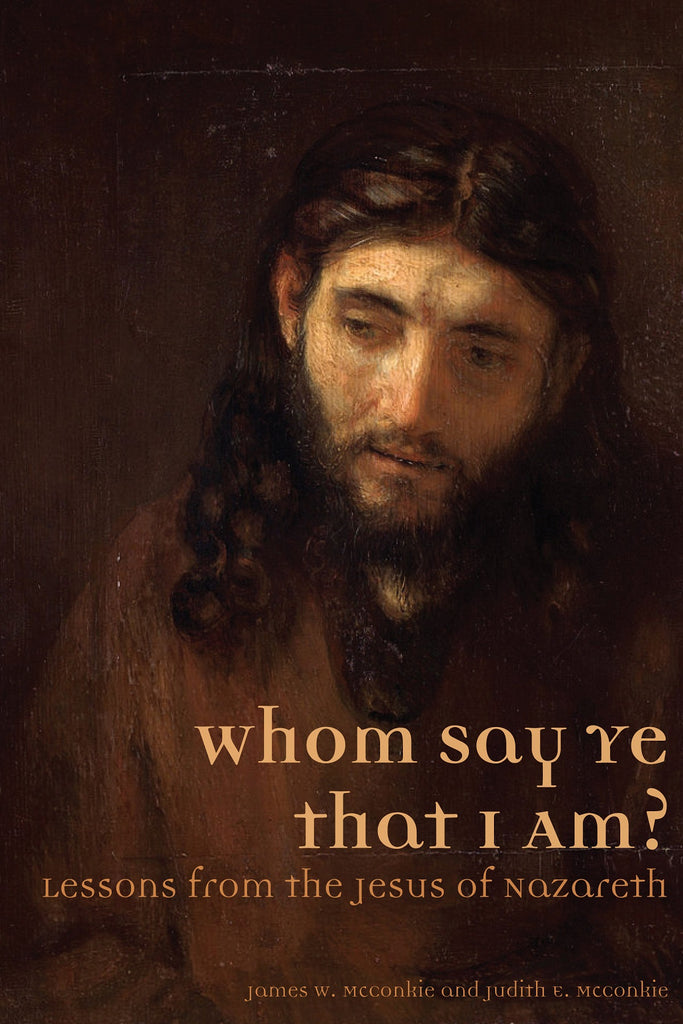


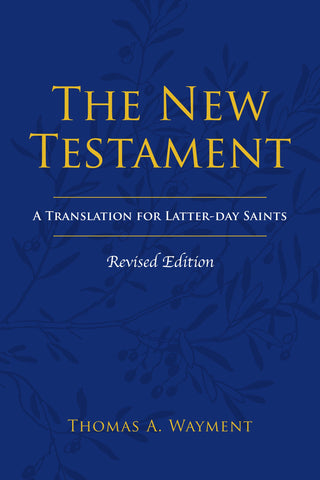
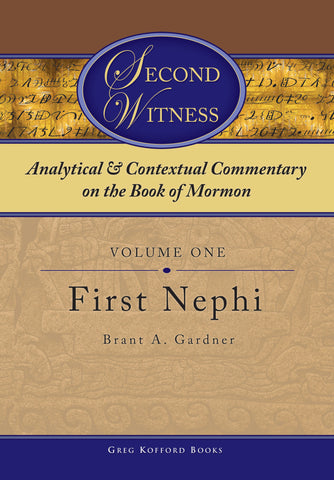
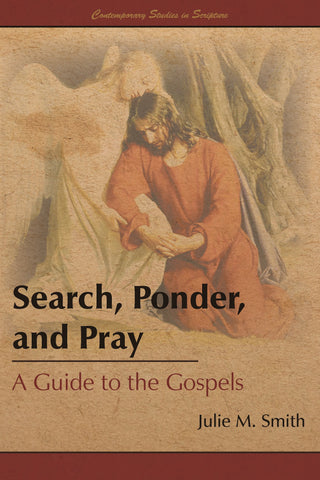
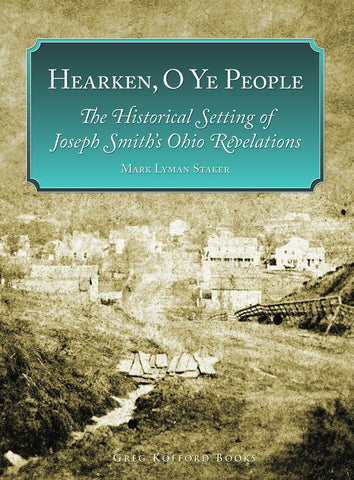

Share this item: